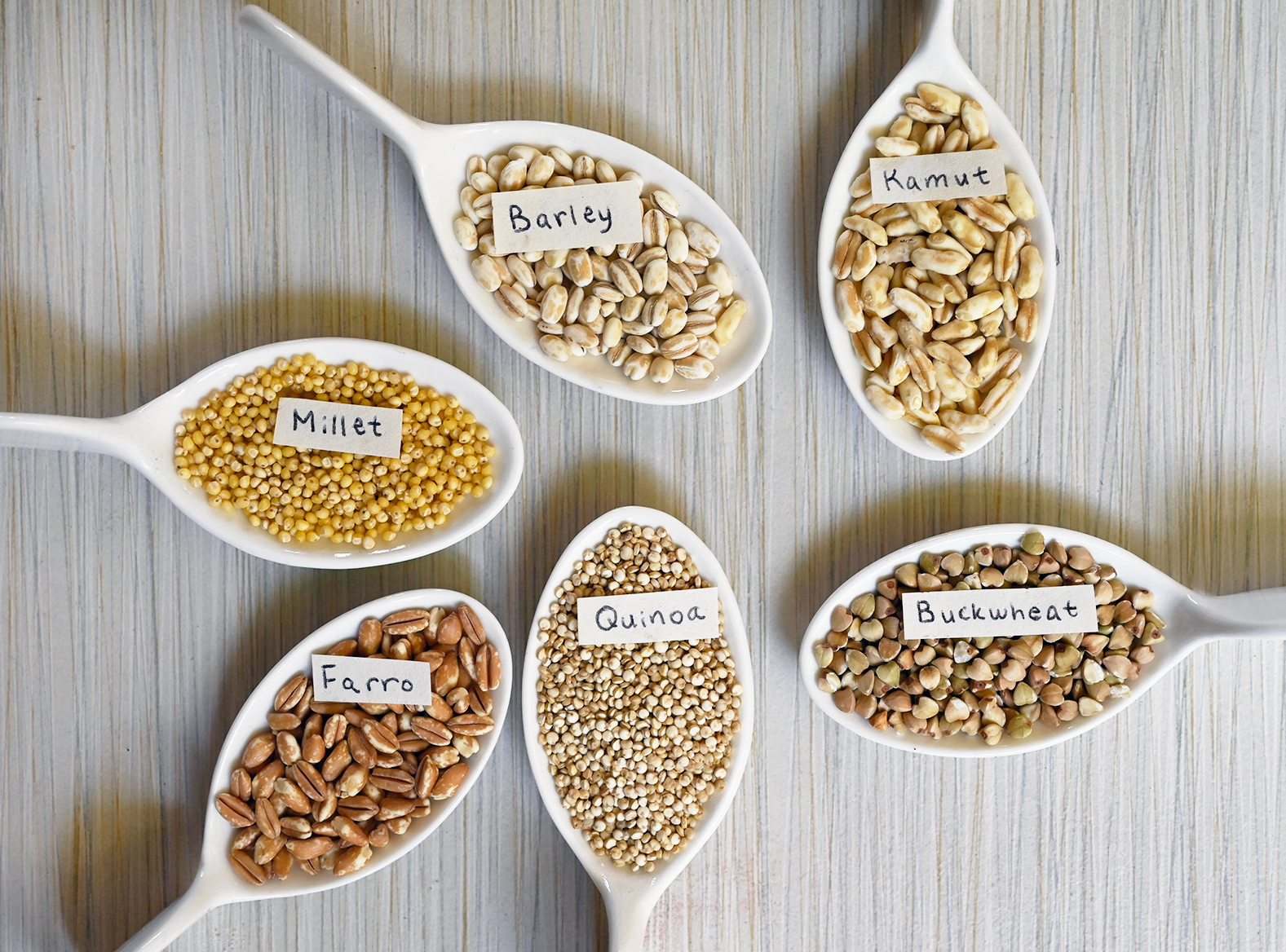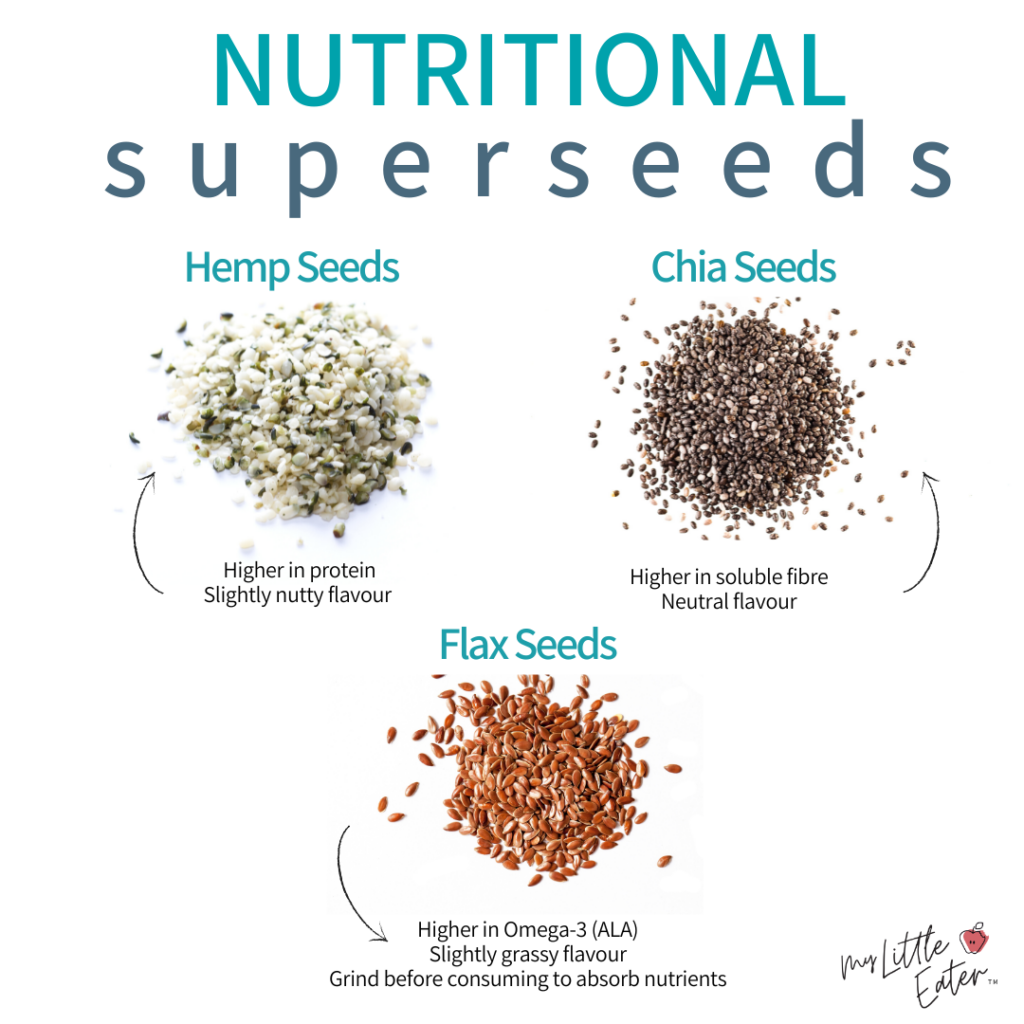Foods containing fiber can provide a range of health benefits that can help manage type 2 diabetes. This important nutrient, found mainly in fruits, vegetables, whole grains, and legumes, plays a role in regulating blood sugar levels and can help prevent possible complications from diabetes, such as heart disease.
Benefits of Fiber for Managing Diabetes
Incorporating fiber-rich foods into a diet can help manage diabetes and decrease symptoms. For those with diabetes, an adequate amount of fiber may:
Steady Blood Sugar
Research has consistently shown that, for people with type 2 diabetes, eating more fiber can help improve blood glucose control. The human body is unable to absorb and break down fiber. Because of this, fiber does not cause a spike in blood glucose the way other carbohydrates can.
Boost Weight Loss
Since fiber cannot be digested and moves slowly through the stomach, fiber-rich foods stay in the stomach longer and cause longer periods of fullness. Many foods high in fiber tend to also be low in calories.
Since eating low-calorie fiber sources may cause you to eat less, it can help create a caloric deficit that leads to weight loss.
While weight gain is a known risk factor for developing type 2 diabetes, research shows that weight loss in those with type 2 diabetes can help control their blood sugar levels and, in some cases, can actually reverse their diabetes.
Prevent Heart Disease
People with diabetes have a high risk of developing heart disease. The increased blood glucose levels that occur from diabetes can damage the blood vessels and the nerves that control the heart and blood vessels.4 This damage can narrow blood vessels feeding the heart over time, leading to heart disease.
Research suggests that adequate soluble fiber intake can reduce the risk of heart disease by decreasing LDL cholesterol. Soluble fiber does this by binding to cholesterol particles in the small intestine, preventing these particles from entering the bloodstream.
Types of Fiber
There are two types of fiber—soluble and insoluble. Each support different functions in the body. Understanding the differences between these two types can help maximize the benefits of fiber.
:max_bytes(150000):strip_icc():format(webp)/soluble-and-insoluble-fiber-1087462-21c72678948c413183c75d95374b9342.png)
Soluble Fiber
Soluble fiber dissolves in water and forms a gel-like substance in the stomach, which slows down digestion. Soluble fiber attracts water in the gut, forming a gel, which can slow digestion. This may help prevent blood glucose surges after eating and reduce hunger. Control of blood glucose and weight is important because these are risk factors for diabetes, a condition which doubles the risk of developing heart disease.
It has been shown to not only lower blood cholesterol but also reduce the risk of stroke, diabetes, gastrointestinal disorders, and some cancers. Soluble fiber also contributes to colon health by feeding good bacteria in the gut and preventing constipation and loose stools.
Insoluble Fiber
Often referred to as "roughage," insoluble fiber does not dissolve in water and typically remains intact as it passes throughout the gastrointestinal tract. It speeds the movement of food through the digestive system, functioning much like a scouring pad by "scrubbing" the intestines along the way.
Insoluble fiber also adds bulk to stools and increases the regularity of bowel movements, helping to prevent constipation.
How Much Fiber Do You Need?
The American Diabetes Association (ADA) recommends that people with diabetes eat at least 14 grams of fiber daily per 1,000 calories. This is the same amount suggested in the Dietary Guidelines for Americans.
The recommended daily intake varies by sex and age.
- Females ages 19 to 30: 28 grams
- Females ages 31 to 50: 25 grams
- Males ages 19 to 30: 34 grams
- Males ages 31 to 50: 31 grams
- Males 51 and over: 28 grams
Ways to Get More Fiber
Increasing the amount of fiber in your diet can allow you to reap great benefits, but know that a sudden increase in fiber consumption can lead to uncomfortable digestive symptoms such as bloating, gas, constipation, diarrhea, or cramps.
Take it slow—increase the fiber in your diet gradually, adding a bit more every few days. Spread your fiber intake throughout the day rather than cramming a lot of fiber into single meals or snacks, and drink plenty of water.
Some simple ways to start (a serving is 1/2 cup cooked or 1 cup raw):
- Aim to eat three to five servings of non-starchy vegetables each day.
- Consume two servings of high-fiber fruits such as berries, apples, or pears daily. For example: 1 cup of berries and 1 apple, or 1 apple and 1 pear.
:max_bytes(150000):strip_icc()/blueberries_annotated2-0ab902955b674c2a9af28d94d654cd06.jpg) |
| Source: Verywell fit |
- Include plenty of whole grains, such as whole-grain bread, oatmeal, and ancient grains (quinoa, bulgar, barley, farro, millet, freekeh).
 |
| Source: Yummly |
- Snack on unsalted nuts (one serving is 1/4 cup, or about one handful).
- Sprinkle ground flax, hemp, or chia seeds into your yogurt.
- Toss legumes, such as chickpeas, into your salad for a protein and fiber boost.
- Make dessert recipes with an added emphasis on fiber.
- Try low-fat and unbuttered popcorn as a snack.
Food Label Know-How
When reading labels, note that any food containing 5 grams of fiber is considered an "excellent" source, according to the American Diabetes Association. Foods with 2.5 grams to 4.9 grams are "good" sources. In time, you'll become familiar with the amount of fiber in your favorite foods. Getting more of these will become second nature.
Summary
If you have diabetes, a diet that includes an adequate amount of fiber can help you manage your symptoms and reduce your risk of complications. It may be difficult at first to incorporate more fiber into your diet, but with the right recipes and knowledge of fiber-rich foods, you can be sure to get enough of this important nutrient.


:max_bytes(150000):strip_icc()/3_Apple-Equivelents_Elise-DeGarmo-6b7846a982684fbfbfa6081b47a08543.png)


Comments
Post a Comment